Find and hit: the evolution of the optical means of the T-34 tank
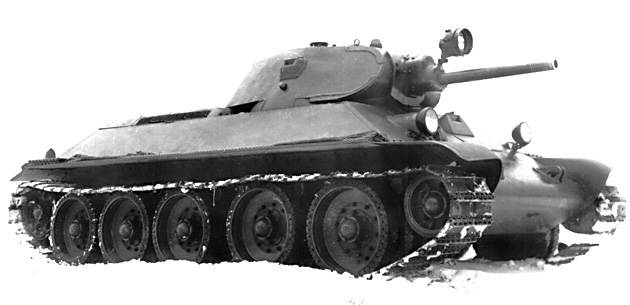
During the production and development, the T-34 medium tank changed repeatedly, receiving new weapons. At the same time, combat characteristics remained at the required level, which was facilitated by the gradual development of surveillance and fire control equipment. Consider the evolution of commanding observation devices, as well as sights in the workplace of the gunner and gunner.
Early release
From the very beginning, the T-34 possessed a developed set of optical instruments at almost all crew workplaces, which made it possible to observe both the road and the terrain as a whole. Keep track of your early quadruple tank had a commander, who was also assigned the duties of a gunner. In some situations, the driver and loader could take over.
Pre-war tanks used the PT-K commander’s panorama with a magnification of 2,5x mounted on the roof of the tower above the gunner’s commander as the main means of observation. On some machines, the panorama was replaced with the PT4-7 periscope sight. On the sides of the tower there were periscopes of the side view. Thus, without leaving the car, the commander could monitor part of the left hemisphere (without magnification) or the front sector using PT-K. At the same time, the panorama overview was limited to both the external details of the tower and the ergonomics of the commander's place. The view through the open hatch was excluded due to the employment of the crew and general danger.
The early T-34s with the L-11 gun received the TOD-6 telescopic sight (26 ° field of view, 2,5x magnification) and the PT-6 periscope. For tanks with a F-34 gun, TOD-7 and PT-7, respectively, were intended, which had similar characteristics. The sights of the commander-gunner provided effective fire from a cannon and a coaxial machine gun in all designated range ranges during daylight hours.
Own sight was available on the frontal machine gun mount of the radio operator gunner. This was a PU product with a 3x magnification and a small field of view not exceeding the aiming angles.
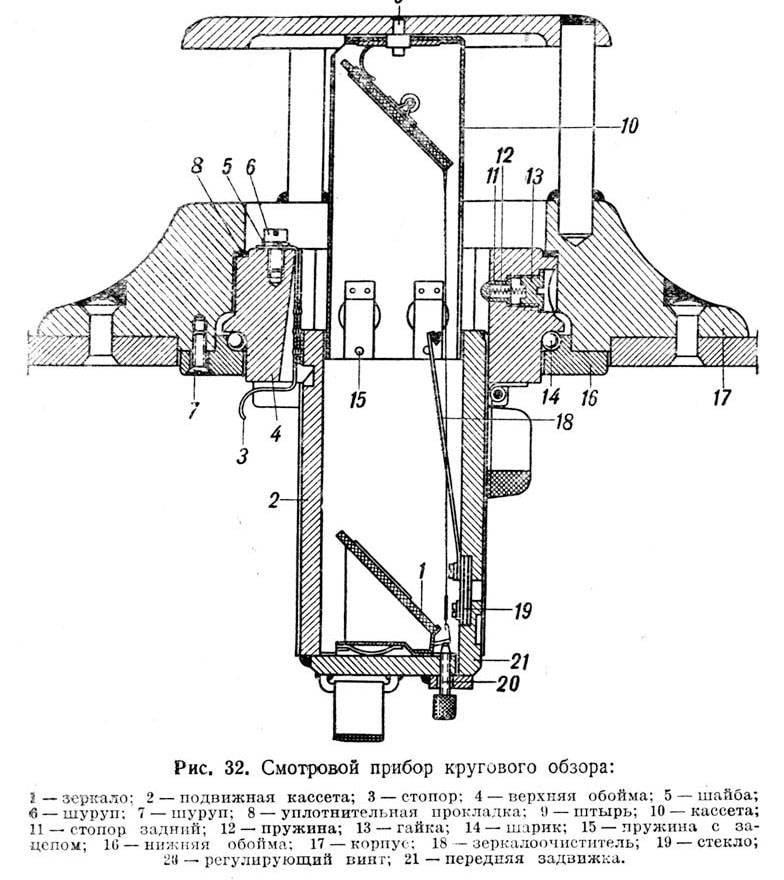
In general, T-34 early releases had good visibility and quite successful sighting devices. However, all the advantages of optics could not be realized. The commander could not follow the terrain and aim the gun at the same time, which led to known risks. Other crew members could not help him, without being distracted from their duties.
Surveillance Upgrade
With the growth of mass production, development and optimization of the design, certain changes were observed in all major areas. T-34-76 tanks of different factories from different series could differ significantly from each other, having only some common features. However, even in such a situation, there were general trends in the form of replacing some monitoring devices or introducing completely new ones.
One of the ways to improve was to become a commander's cupola with viewing slots around the perimeter. Also, over time, MK-4 periscope instruments were introduced with the possibility of circular viewing. Such devices were installed above the commander and loader (optional). The driver still had only periscopes for driving, and the shooter had to look out only through the scope.
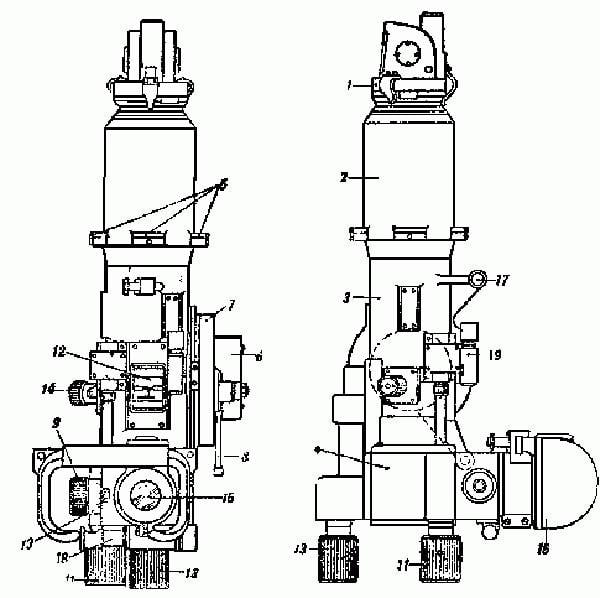
In 1941-42 mass-produced tanks began to receive a gun mount with a telescopic sight TMFD-7 (field of view 15 °, magnification 2,5x) and periscope PT-4-7 with the same magnification and a field of 26 °. Unlike previous devices, the PT-4-7 sight provided all-round surveillance without dead zones. Later, at the disposal of the commander-gunner, a side level appeared for firing from closed positions.
Replacing the sights improved the fighting qualities of the tanks, however, for a long time there were problems associated with the quality of the optical glass. As they were resolved, this situation improved. There were operational difficulties. The commanders almost did not use the turret with the MK-4 periscope, preferring to search for targets with the PT-4-7 sight, and then switch to the nearby TMFD-7. In fact, the commander’s turret was useless. In addition, the effectiveness of the use of optics was still affected by the complexity of the commander's work.
Commander and gunner
In January 1944, the T-34-85 medium tank was adopted, which had a number of important differences from its predecessors. The main one was a new oversized tower, which managed to accommodate three crew members. Fire control tasks were removed from the commander and transferred to the gunner.
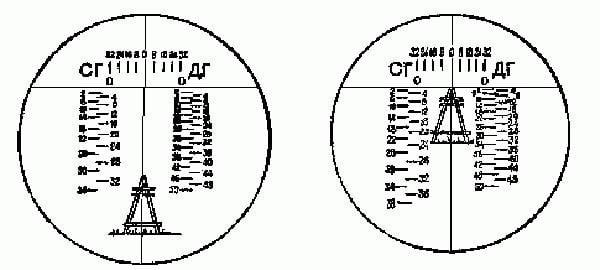
T-34-85 again received the commander’s cupola with viewing slots around the perimeter and the MK-4 device in the hatch. The same periscope was installed above the gunner’s place. Unlike previous tank modifications, there were no developed surveillance tools in place of the charging one.
To use an 85 mm gun, depending on its type, the gunner had a telescopic sight TSh-15 or TSh-16 (field of view 16 °, 4x magnification), periscope panoramic PTK-5 and side level. The shooter-radio operator used the telescopic sight PPU-8T with characteristics at the level of previous products.
T-34-85 was a breakthrough for a number of reasons, and one of the main was the increase in the crew, which entailed other changes. Thanks to the appearance of the gunner, the commander was able to concentrate on observing the terrain, finding targets and interacting with other tanks. Accordingly, the viewing slots of the commander’s turret were actively used and were no longer useless, as on the T-34-76. For the same reasons, management efficiency has obviously grown. weapons - the gunner did not spend time searching for targets and received target designation from the commander.
Consistent development
With the development of the T-34 medium tank, the composition and configuration of its viewing devices and fire controls have repeatedly changed. The growth of characteristics and the acquisition of new opportunities were provided. At the same time, the complex of optics was initially very successful - although not all of its advantages were immediately realized in practice.
From the very beginning, the T-34 had developed means of monitoring the battlefield in almost all workplaces. They generally met the requirements and provided good visibility, albeit with certain limitations. In the future, the complex of viewing devices was further developed - both by simplifying individual elements, and by introducing new, more advanced devices. The result of this development was the T-34-85 tank complex based on periscopes and slots, providing circular surveillance with minimal dead zones.
However, it was far from always possible to take advantage of such systems. Until 1944, the problem of the use of command and sighting devices by one crew member remained. In addition, in the early periods of the war, the quality of optics fell. Fortunately, over time, product quality increased, and the load on the crew was optimally distributed.
It is easy to see that throughout the entire production of the T-34, like other Soviet tanks, it had two sights for the main gun. This provided a certain flexibility in the use of guns and machine guns, and also allowed to continue the battle if one of the sights failed.
It should be noted that for German tanks at that time, the standard was only one main sight, which in a clear way affected the stability of the weapons complex. In addition, German tankers often had to observe, leaning out of the hatch, or to improvise with abnormal means. In both cases, Soviet tanks favorably differed from enemy technology.
Effective and controversial
At the project level and equipment composition, the optical complex of medium tanks of the T-34 line was very successful and efficient. He gave a good overview in different directions and allowed the effective use of all available weapons. As necessary, devices were replaced, removed or supplemented with new ones.
Optics issues were related to production constraints and ambiguous concepts in the crew context. As a result, most of these problems were solved, and the T-34 received a modern, developed complex of optical devices for various purposes. Together with other systems, he made the T-34 one of the best tanks of its time.
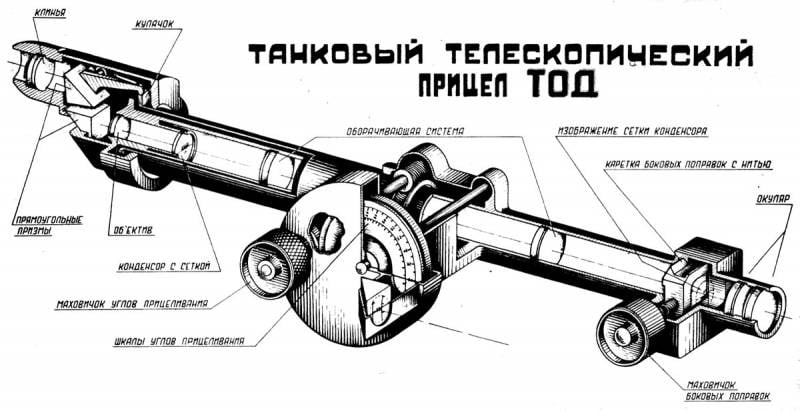
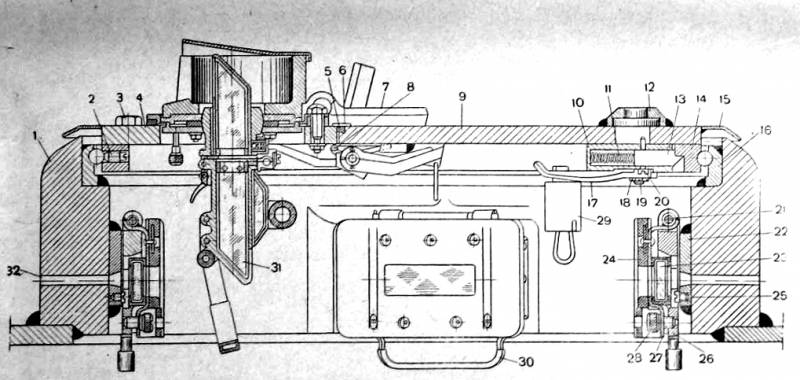
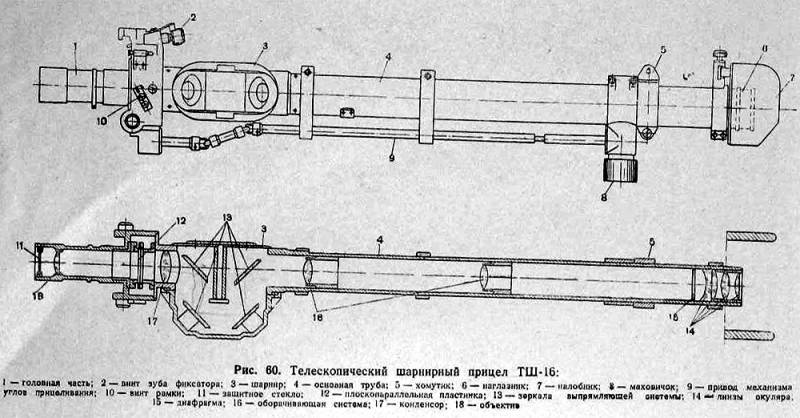
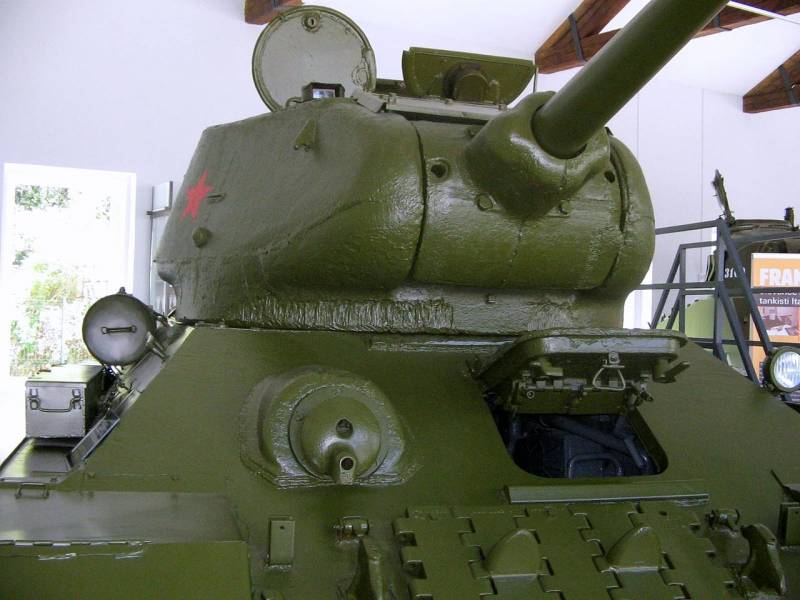
Information